1. Dressing Them Up in Ridiculous Costumes

It seemed harmless to put a superhero cape on your dog or a tiara on your cat for laughs or a cute photo. We thought they looked adorable, but did they feel the same? Pets don’t understand costumes, and many don’t enjoy wearing them. Tight or restrictive outfits can make them uncomfortable, limit their movement, and even stress them out. According to the Texas A&M College of Veterinary Medicine, while some pets may tolerate costumes, many do not enjoy them. Costumes can restrict movement, cause discomfort, and even lead to anxiety in pets.
Their body language probably told you everything you needed to know—flattened ears, a tucked tail, or desperate attempts to get out of the outfit. While a few pets tolerate costumes, most would prefer to go au naturel. Before you subject your furry friend to another photo op, consider their comfort. Remember, they don’t need to wear clothes to be cute or part of the fun.
2. Feeding Them Party Leftovers
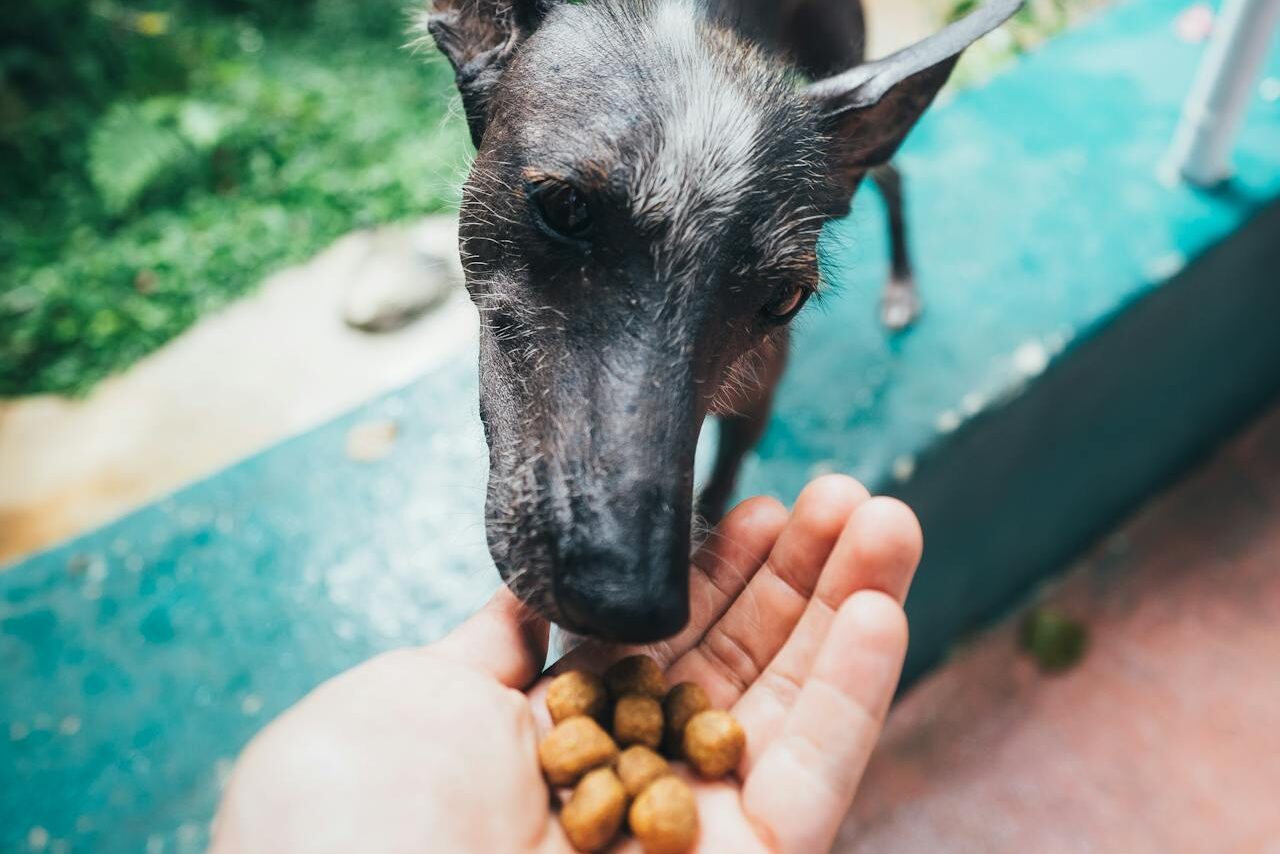
Pizza crusts, nachos, or leftover wings—college pets often became unintentional party cleanup crews. At the time, it felt like we were treating them to something special, but many human foods are harmful to pets. Chocolate, onion powder, and greasy foods can lead to upset stomachs, pancreatitis, or worse. Even “harmless” snacks like chips can be loaded with salt that their bodies can’t handle. According to the American Society for the Prevention of Cruelty to Animals (ASPCA), common party foods like pizza crusts, nachos, and wings can lead to serious health issues for pets.
Worse still, some people thought it was funny to give pets a taste of beer or other alcohol. What seemed like a harmless joke could actually have had dire consequences, as even a small amount of alcohol can be toxic to animals. Pets rely on us to make smart decisions about their diets—so next time, keep the junk food and drinks for yourself.
3. Dyeing Their Fur for Fun

Whether it was for a themed party or just boredom, many college students thought dyeing their pet’s fur was creative or funny. While pet-safe dyes exist, most people didn’t go that route. Using food coloring or human hair dye can irritate a pet’s skin, and if they lick it, it can be toxic. According to Trupanion, using human hair dye on pets is highly discouraged due to the potential for skin irritation and toxicity. Many pet owners mistakenly believe that any dye can be used on animals, but human dyes often contain harmful chemicals that can lead to severe reactions, including burns and systemic absorption of toxic substances.
Even if the dye was safe, the process itself is stressful for most animals. They don’t understand why they’re being held down or coated in a weird-smelling substance. Instead of trying to turn your pet into a work of art, appreciate them for their natural beauty. They’re already perfect as they are.
4. Blasting Loud Music Around Them
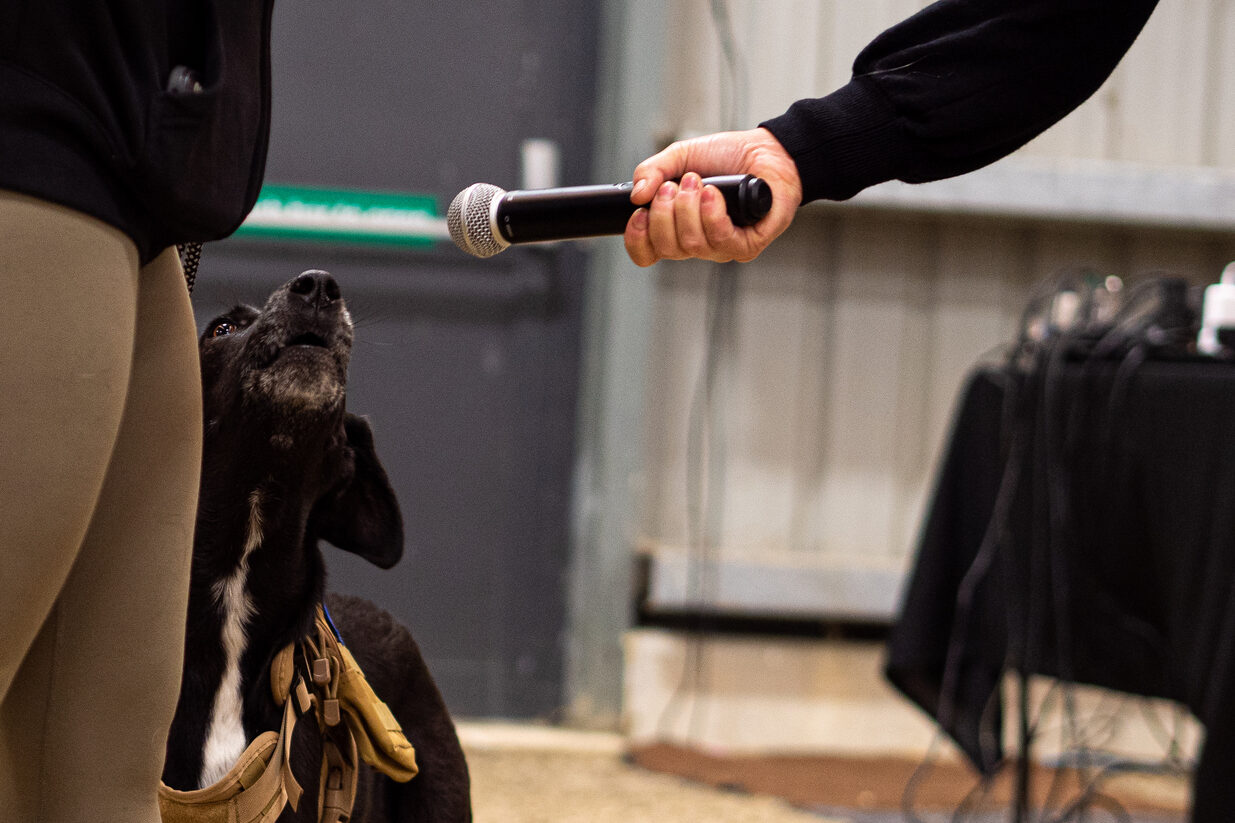
A college party wasn’t complete without music at full volume, but pets didn’t sign up for the noise. Dogs and cats have much more sensitive hearing than humans, so what felt like a fun vibe to us was probably overwhelming—or even painful—for them. According to Dogster, dogs possess a much more sensitive sense of hearing than humans, allowing them to detect sounds at frequencies up to 50,000 vibrations per second. This heightened sensitivity means that loud music can be uncomfortable or even painful for them, potentially leading to long-term hearing damage if they are consistently exposed to high volumes.
If your pet hid under the couch or scratched at the door, they weren’t just being antisocial—they were stressed out. Loud environments can increase their anxiety and even lead to long-term behavioral issues. Next time you crank up the music, make sure your furry friend has a quiet escape where they can feel safe.
5. Letting Them Drink Alcohol

It’s shocking how many people thought it was funny to pour a bit of beer or wine into their pet’s bowl in college. Some even recorded their pet’s reaction and laughed at the confusion. But alcohol is toxic to animals, even in small doses. It can cause vomiting, difficulty breathing, seizures, or worse.
Pets don’t understand what alcohol is, and they trust us to make decisions in their best interest. A According to the Pet Poison Helpline, pets can experience alcohol poisoning much more quickly than humans due to their smaller size and different metabolic processes. Symptoms can escalate rapidly, making it crucial for pet owners to be vigilant about what their pets consume. If you really want to toast to your pet’s health, stick to fresh water and save the booze for your own glass. It’s never worth risking their safety for a joke.
6. Taking Them to Rowdy Parties

Bringing your dog to a house party or letting your cat roam a crowded dorm room might have seemed like a fun way to involve them. After all, they’re part of the family, right? But the truth is, most pets find those environments overwhelming and stressful. According to MetLife Pet Insurance, pets often experience anxiety in chaotic environments filled with unfamiliar faces and loud noises. Signs of stress in pets can include pacing, whining, or trying to hide, which indicate they are seeking an escape from the overwhelming atmosphere.
Chaotic crowds, unfamiliar faces, and loud noises can leave them feeling anxious and trapped. If your pet showed signs of stress—like pacing, hiding, or whining—they were begging for an escape. Instead of forcing them to join the chaos, create a quiet, cozy space where they can relax away from the noise.
7. Giving Them “Funny” Haircuts

Who hasn’t seen a college roommate decide to give their dog a lion cut or their cat a mohawk? While it might have seemed hilarious at the time, shaving or trimming a pet’s fur without proper knowledge can be harmful. Some breeds, especially those with double coats, rely on their fur for temperature regulation. Shaving them can lead to overheating or even long-term damage to their coat.
Grooming isn’t a joke—it’s an essential part of pet care that should always prioritize their health and comfort. If you want your pet to look their best, leave it to a professional groomer who knows what they’re doing.
8. Teasing Them for Entertainment
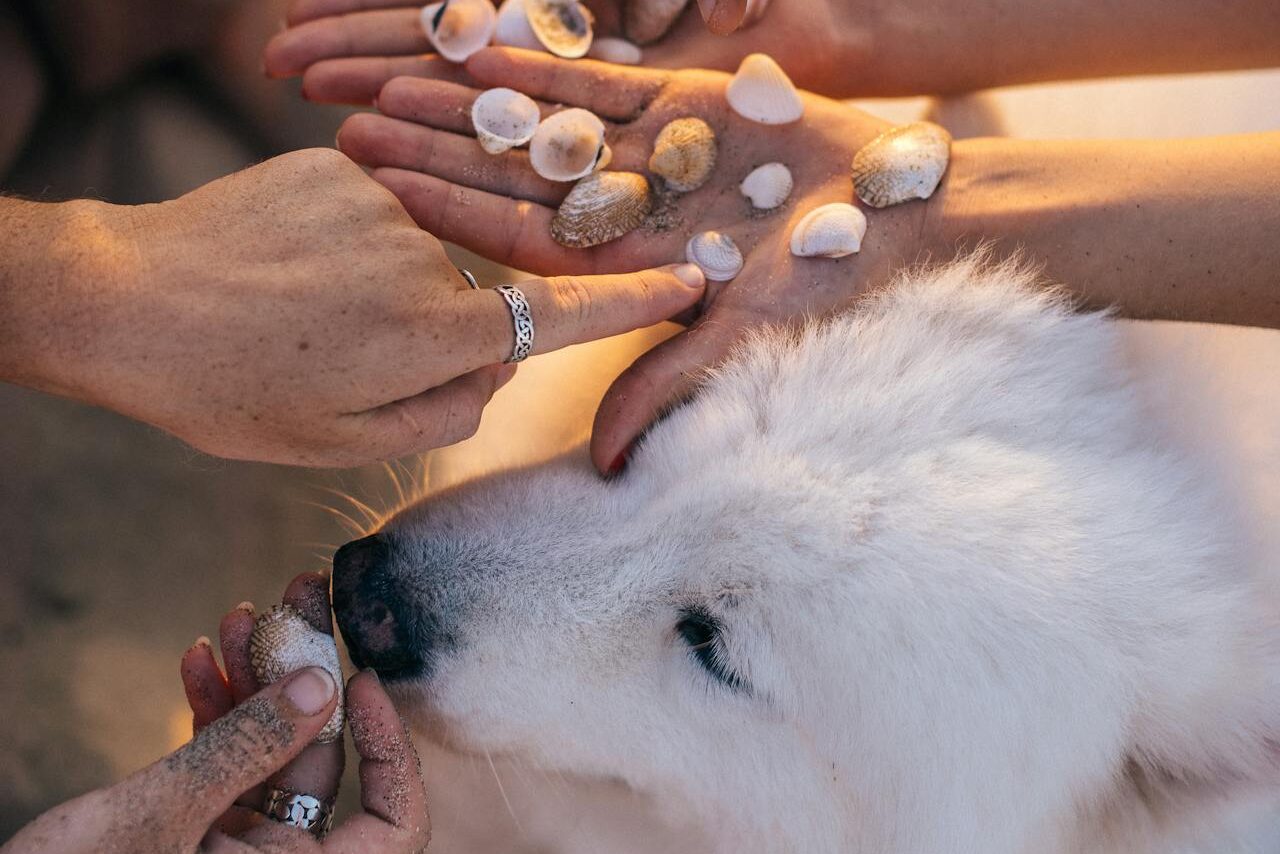
Dangling a toy just out of reach or pretending to throw a ball might have seemed like harmless fun. But pets don’t understand teasing in the same way humans do. What we thought was playful could have been frustrating or even stressful for them.
Teasing can damage the trust between you and your pet. They rely on you for love and security, not mind games. Instead of confusing or annoying them, focus on games and activities that build their confidence and bring them joy.
9. Teaching Inappropriate Tricks
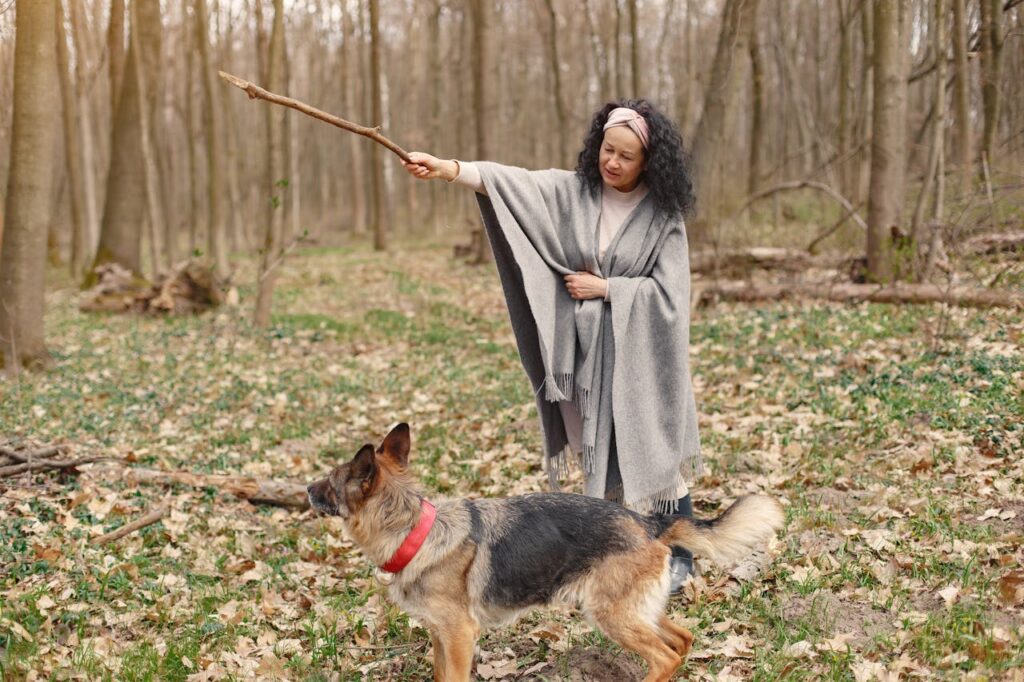
In college, teaching your dog to bark on command or encouraging your cat to swipe at people might have felt funny. But what seemed amusing at the time can turn into problematic behavior down the line. Pets don’t understand context, so a “joke” trick might become a bad habit.
Training should always emphasize positive behaviors that make life better for both you and your pet, according to the American Kennel Club (AKC). Tricks that involve aggression, barking, or destruction aren’t funny—they’re harmful. Be mindful of what you’re encouraging, and always prioritize your pet’s well-being over entertainment.
10. Overwhelming Them with Too Much Attention

College pets often became the center of attention, whether at parties or dorm hangouts. Friends wanted to pet them, hold them, or take selfies, but pets can get overwhelmed by too much stimulation. While we saw it as love, they may have seen it as stress. According to the American Kennel Club (AKC), many pets, especially those in social situations like parties or crowded dorms, can become overstimulated by constant handling, petting, and attention from multiple people. What feels like affection to us may be perceived as overwhelming and stressful for them.
It’s important to recognize when your pet has had enough. Signs like hiding, growling, or excessive yawning mean they’re feeling uncomfortable. Instead of forcing them to stay in the spotlight, give them a safe, quiet space where they can relax and recharge.
11. Putting Them in Dangerous or Uncomfortable Situations for Laughs
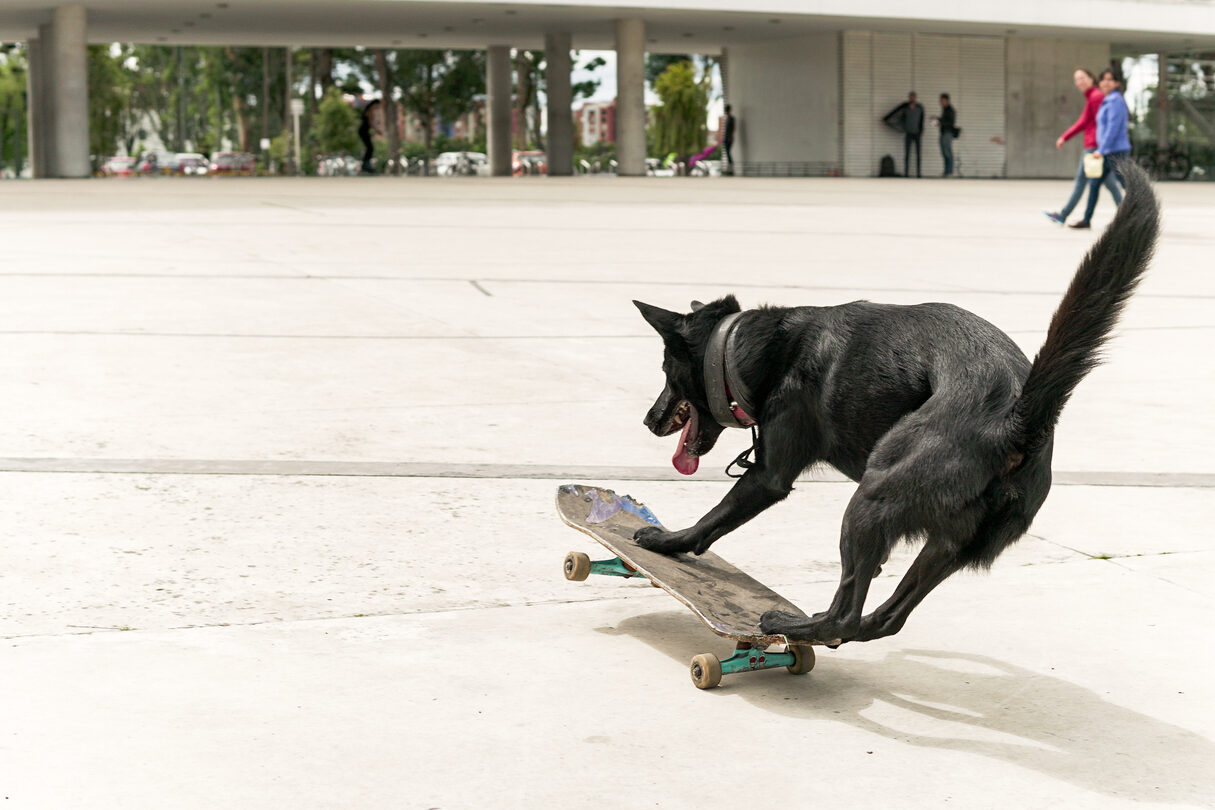
Some college students thought it was funny to put their pets on skateboards, balance them on hoverboards, or even let them “swim” in bathtubs without checking if they were comfortable. While it might have seemed like a hilarious photo or video opportunity, these activities could easily result in stress or injuries. Pets don’t understand these situations and may panic, leading to accidents like falls or even long-term anxiety around similar objects. Pets can easily slip, fall, or hurt themselves in situations that are unnatural for them. On top of that, these scenarios often involve loud noises, bright lights, or unstable surfaces—all of which can amplify their discomfort.
Pets rely on us to keep them safe—not to turn them into internet content at their own expense. Instead of forcing them into unnatural positions or activities, consider playtime or tricks that align with their natural instincts and preferences. Before attempting any stunt with your pet, ask yourself: is this for their enjoyment or just for yours?
12. Using Them as Emotional Dumping Grounds

College can be emotionally intense, and many students turned to their pets for comfort. While pets can be incredibly supportive, they’re not equipped to handle human-level emotional outbursts like yelling, crying, or venting frustration. These behaviors can confuse or even scare them, especially if they don’t understand the source of the stress. Over time, pets exposed to heightened emotions can become more anxious themselves or display signs of stress like excessive licking, whining, or hiding.
Stress in humans can transfer to pets, especially if they’re exposed to heightened emotions or erratic behavior. Pets are wonderful companions, but they’re not a replacement for professional emotional support. If you’re struggling emotionally, consider seeking help from friends, counselors, or other resources instead of unintentionally burdening your pet. They’ll love you no matter what, but they also deserve an environment where they can feel safe and relaxed.
13. Leaving Them Alone for Too Long

Whether it was a late-night study session, an impromptu road trip, or an all-day party, college life often led to pets being left alone for extended periods. While we assumed they’d be fine on their own, prolonged isolation can cause boredom, anxiety, and even destructive behavior. Dogs may chew furniture or bark excessively, while cats might claw at furniture or stop eating altogether due to stress. Pets also require regular potty breaks, mental stimulation, and human interaction to stay happy and healthy.
Dogs and cats need regular interaction and stimulation to maintain emotional well-being. Leaving them alone for hours on end not only affects their mental health but can also lead to long-term behavioral issues. If you had to be away for extended periods, arranging for a pet sitter, daycare, or asking a trusted friend to check in could have made all the difference. Pets don’t thrive in isolation—they need connection, care, and companionship to feel secure. Being a responsible pet owner means making the effort to ensure they never feel neglected, even when life gets busy.


